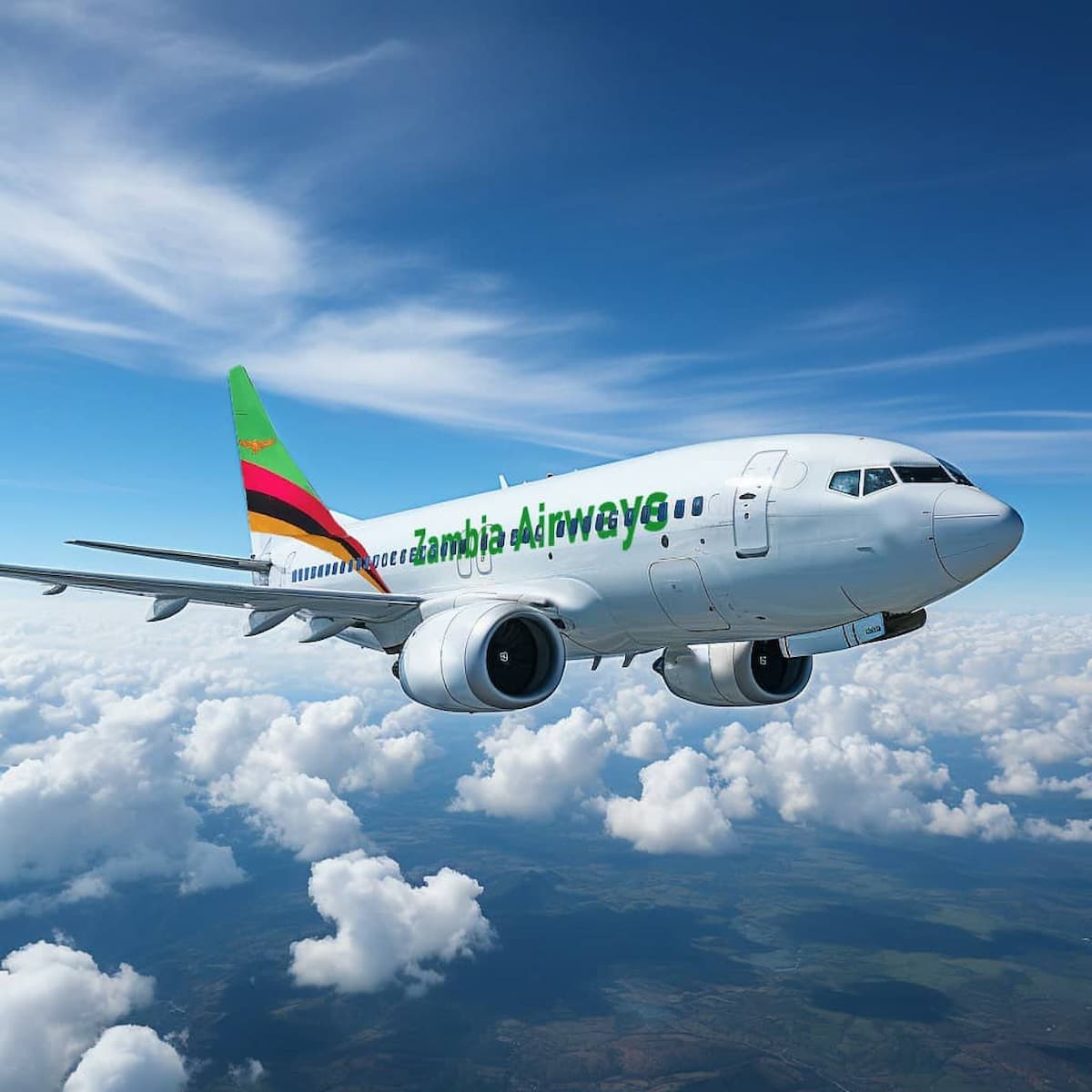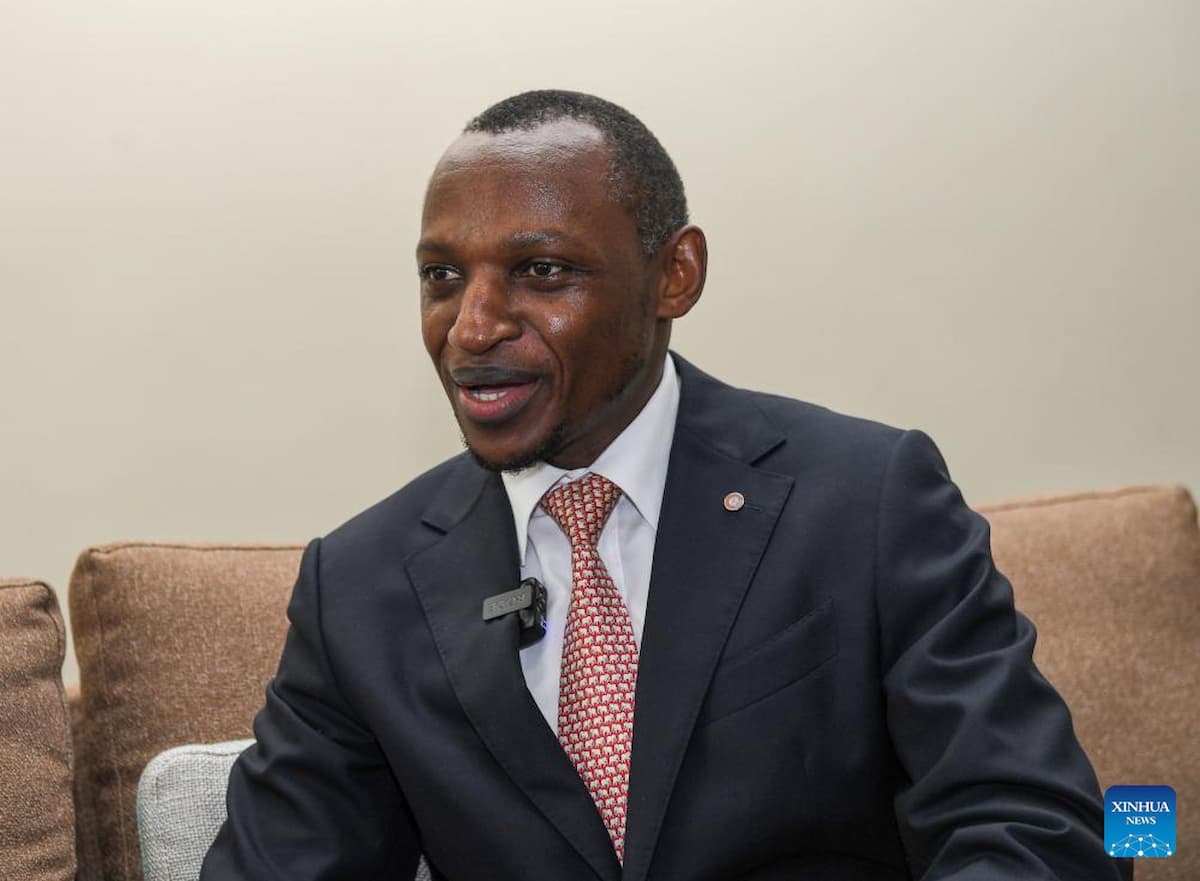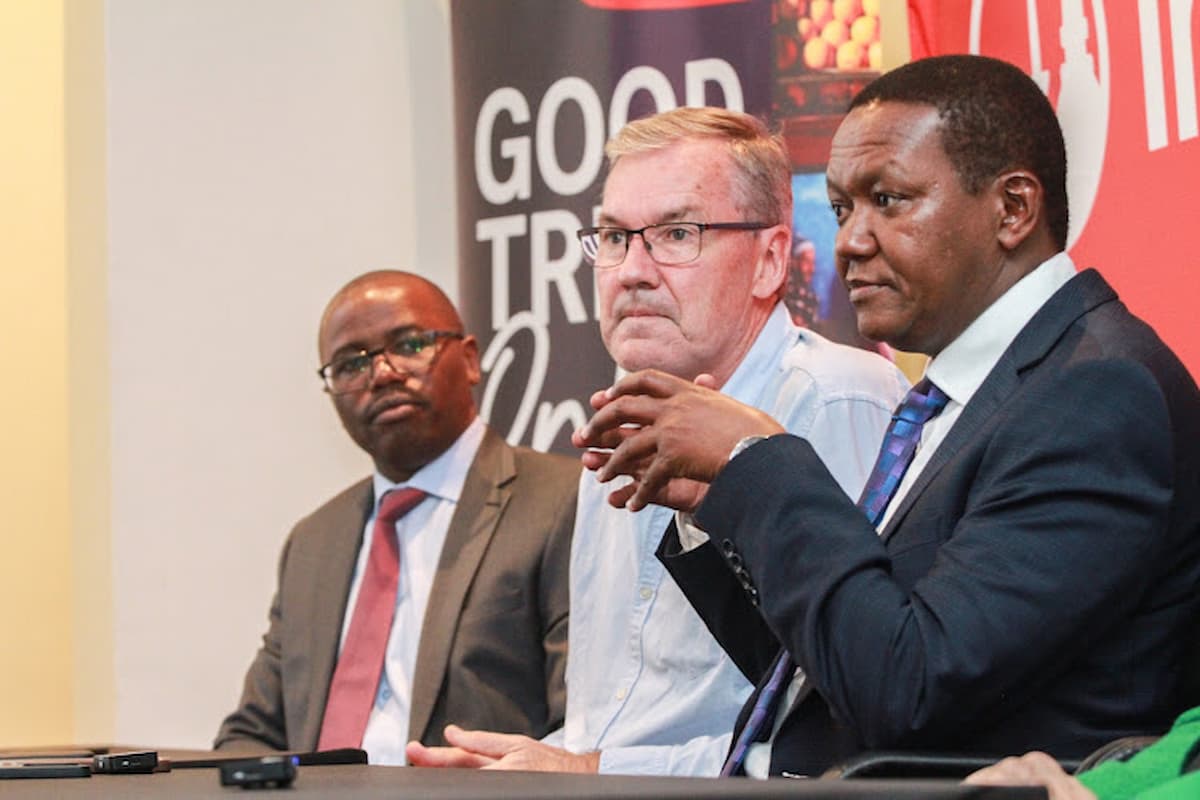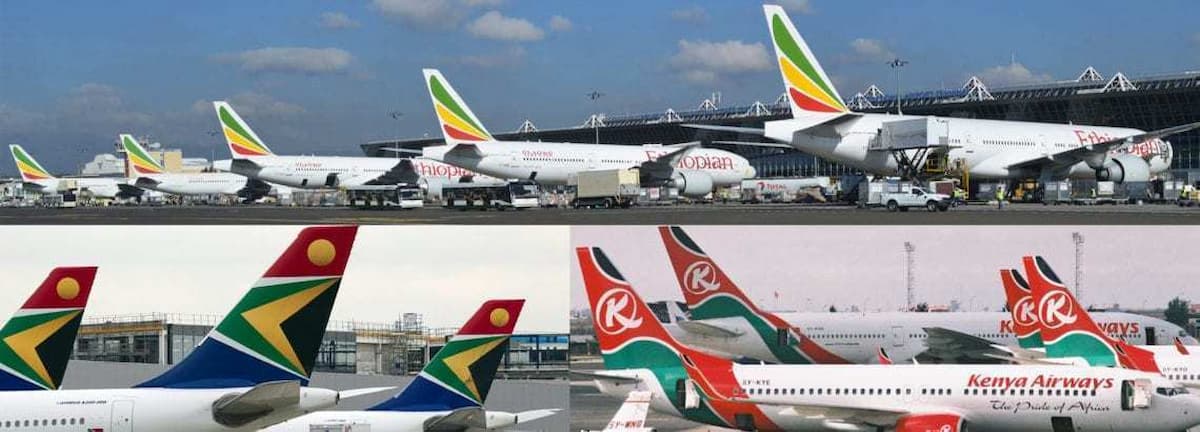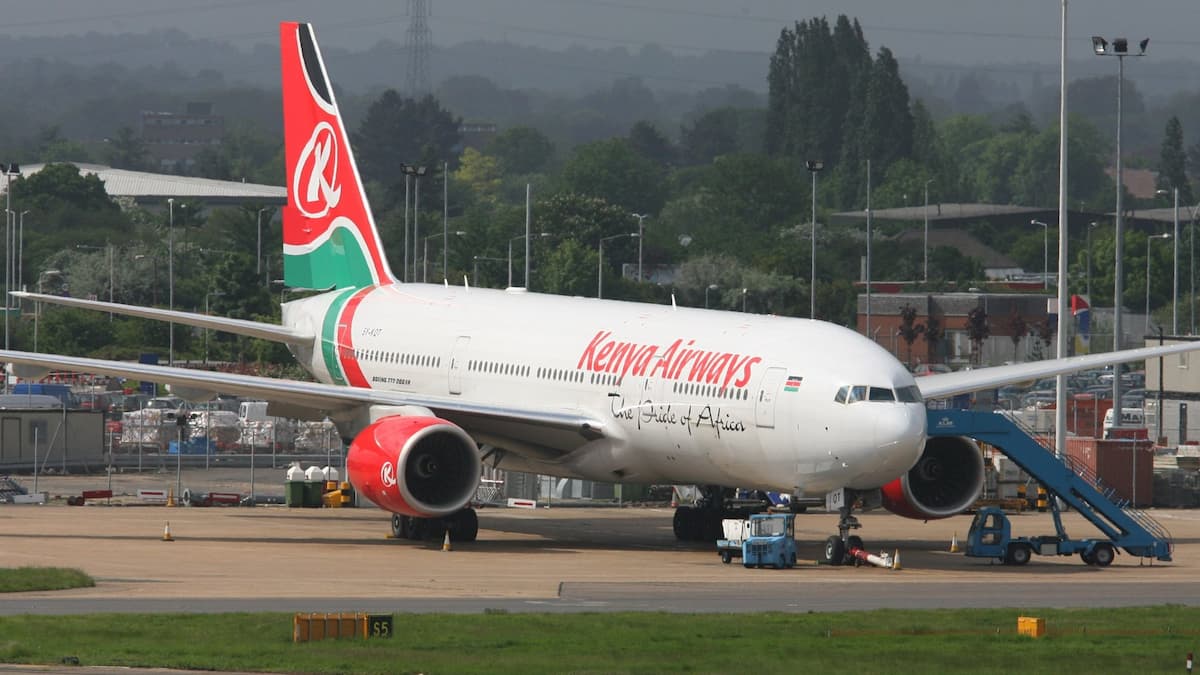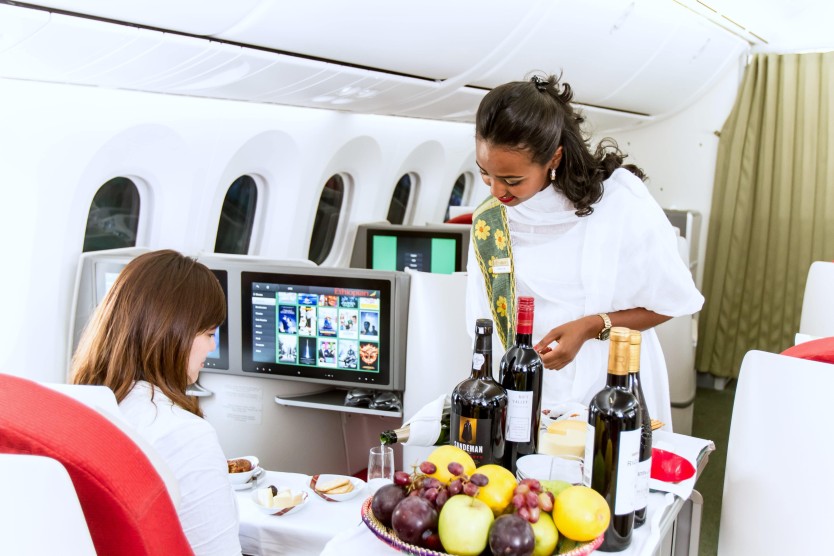Zambia Airways, the national carrier of the Republic of Zambia, is thrilled to unveil its latest expansion with the introduction of new passenger services to East Africa. Starting on June 27, 2024, the airline will begin operating flights three times a week to two major cities: Dar es Salaam, Tanzania, and Nairobi, Kenya. This new route reflects Zambia Airways’ commitment to enhancing connectivity and fostering trade and tourism between Zambia and East Africa.
The new service, designated as flight ZN 504, will operate from Lusaka (LUN), the capital of Zambia, to Dar es Salaam (DAR) and Nairobi (NBO). The flights are scheduled for Tuesdays, Thursdays, and Saturdays. This schedule is strategically designed to cater to both business and leisure travelers, providing them with convenient options for planning their trips to these vibrant cities.
Flight ZN 504 will depart Lusaka at 08:00 AM and arrive in Dar es Salaam at 10:30 AM. After a short layover, the flight will continue to Nairobi, landing at 01:00 PM. This timing allows passengers ample time during the day to commence their activities in either city, whether it’s business meetings or sightseeing. The return flight will follow a similar schedule, ensuring a seamless travel experience for all passengers.
This expansion is a significant milestone for Zambia Airways as it not only broadens its network but also plays a crucial role in strengthening regional ties. The addition of these routes is expected to boost the airline’s growth and contribute positively to the economic development of Zambia and its East African counterparts. Passengers can look forward to experiencing Zambia Airways’ renowned hospitality and reliable service on these new flights.
| Day | Flight Number | Depart LUN | Arrive DAR | Depart DAR | Arrive NBO | Depart NBO | Arrive LUN |
| Tue, Thu | ZN 504 | 07:00 | 10:30 | 11:15 | 12:35 | 13:20 | 15:20 |
| Sat | ZN 504 | 07:00 | 11:45 | 13:05 | 13:50 | 15:20 |
“The network expansion is reflective of our mission of enhancing regional connectivity and making air transport services affordable for a wide range of customers,” says Thomas Woldesenbet, CEO of Zambia Airways. “The launch of services to Dar es Salaam and Nairobi will further strengthen the ties between Zambia and the two East African sister countries and foster trade and tourism.”
Source: Travel and Tour World.

